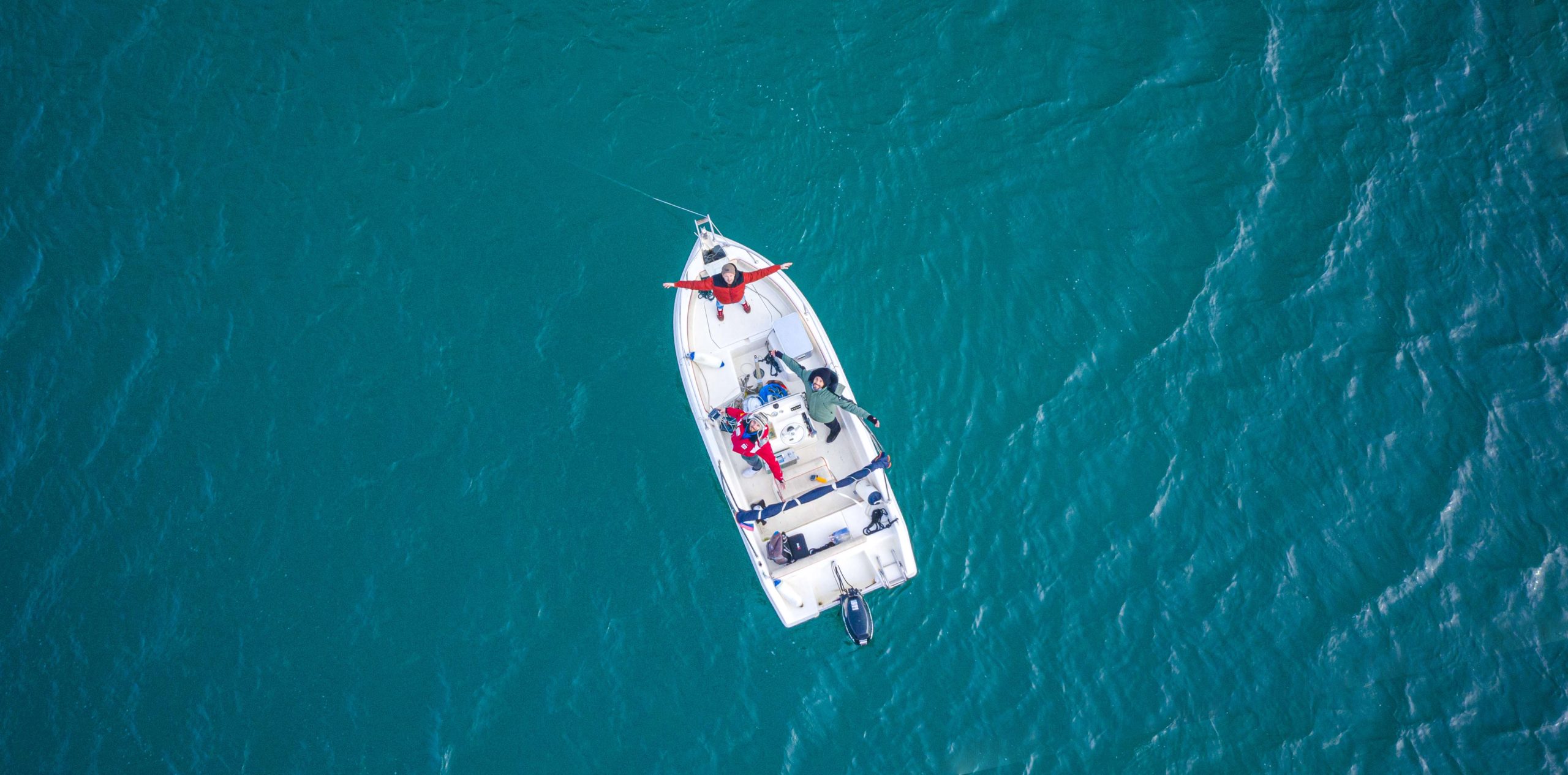
An anchor you can trust
Success
stories

After ages of the same simple concept VisionAnchor is willing to re-invent the way ships anchor by adding a visual security layer combined with GNSS technology. This will help to avoid one of the 10 most common reasons for crucial boat accidents. The likelihood of expensive damages, heavy injuries or even death can be reduced significantly. On top of that diving to check the anchor can be avoided.
Re-invent the anchor
Classic anchors all follow the same principle. The actual anchor
acts as a hook and locks to the sea ground. This part is tied to an anchor cable or chain and connected to the boat. Ideally, this already solves the problem of a ship moving. However, in reality, it is quite a common problem that an anchor is not locked well. To resolve this issue, VisionAnchor decided to connect a second cable to the anchor which establishes a straight-up connection to a buoy centered above the anchor. A few meters above the hook an underwater camera provides visual insights of sea ground conditions.

Alert triggers
Depending on the user settings alerts can be triggered via the app for example if the boat moves due to a non-locked anchor. Even if the phone loses connection to the buoy
there is a backup alarm physically inside the buoy. While visual cross-checking would be almost impossible at night, the camera includes an infrared camera to allow night view. If the visual inspection confirms the moving, the anchor can be re-dropped.
Sealed technology
The actual brain of the solution – the buoy is at sea surface. The FULLHD video footage is sent from the camera which sits above the anchor via cable to the buoy. The bouy itself hosts additional sensors, such as a GNSS receiver which uses all bands of GNSS for accuracy less than 1m. By adding an additional gyro/roll component they are able to track the anchor even if GNSS signal is lost. The user can select the geofencing (radius of allowed buoy movement) from 2m to 20m depending on the situation in which they’re anchored. Together with other sensors and the camera module, it acts as a transmitter for visual information and the position signal. Data transfer is achieved wirelessly via WiFi and inspection information can be accessed via a smartphone app. If the captain decides to leave the boat, they can still access the information via LTE/5G network. The buoy can
be attached to any anchor on the market.
Future
Anchoring safely for captains VisionAnchor’s main concern, but safe anchoring for the environment is also something that they care about. If captains see where they anchor they can also help preserve the protected seabed vegetation like Poseidonia and the coral reefs.

Galileo for safety
The civilian positioning signal of Galileo will
guarantee high position accuracy anywhere,
anytime. In combination with other GNSS signals, this ensures a good position signal even at non-ideal spots, like next to cliffs or steep faces.